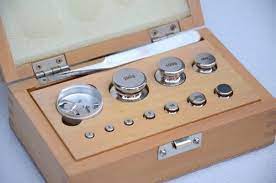
How to Select the Best Gauge Block Calibration Frequency
Gage block calibration involves comparing a gage block's readings to a reference standard, which can be influenced by factors like usage frequency, environmental conditions, and sector requirements. Calibration standards, established by international bodies like ISO and NIST, serve as a benchmark for comparing gage block measurements, ensuring consistent and reliable measurements.
To determine the optimal calibration frequency, consider factors like usage frequency, environmental conditions, industry requirements, and equipment's historical performance. Calibration frequency may need to be increased for frequently used gage blocks due to potential wear and tear, and industry requirements may vary. Historical performance can also be used to determine the frequency of calibration.
Gage calibration plays a crucial role in quality assurance, ensuring accuracy, consistency, and early detection of issues related to gage blocks. Strictly adhering to calibration standards and conducting calibrations ensures the accuracy and reliability of measurements.




